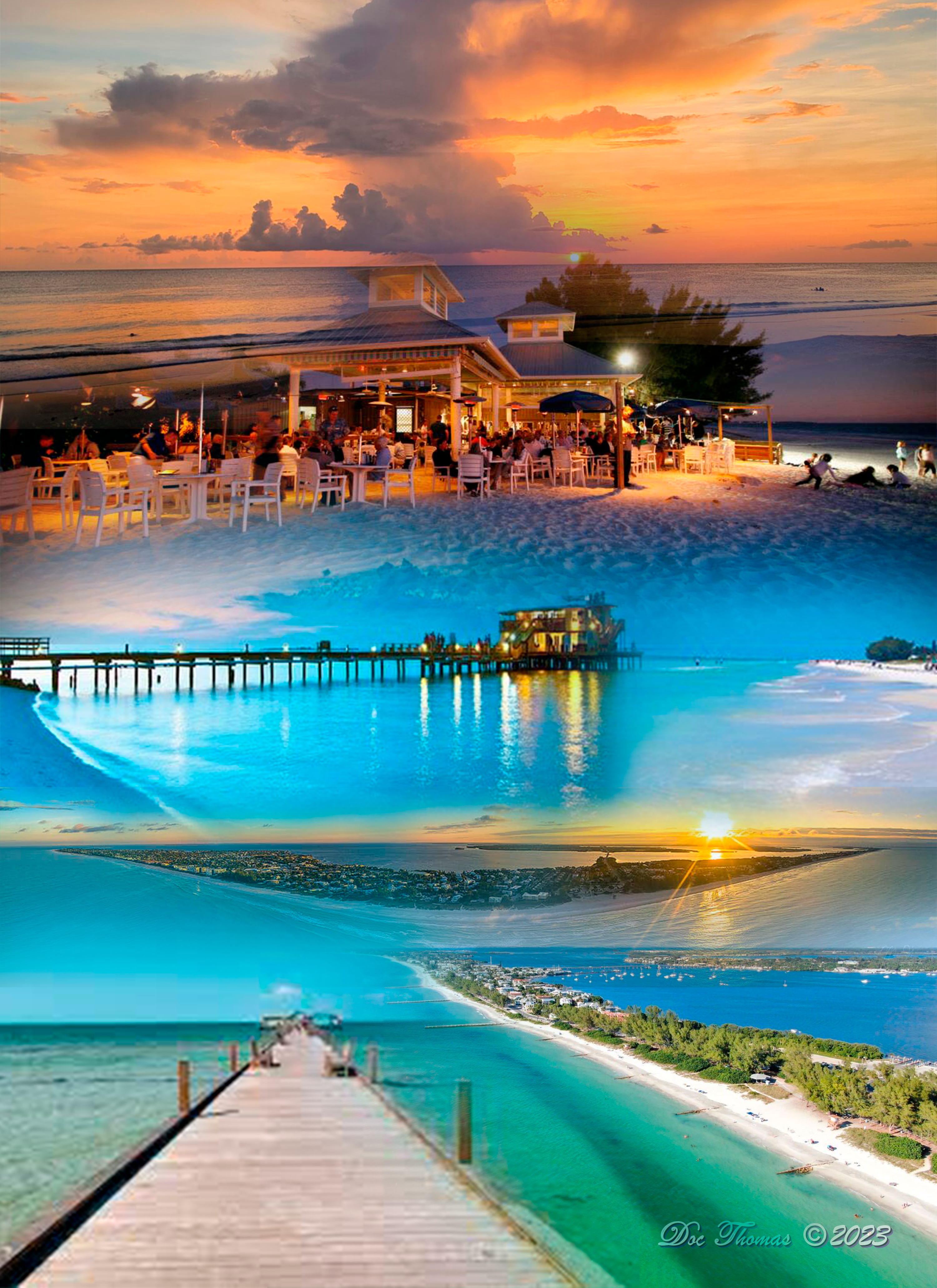Bolivia’s Cultural Capital

Introduction:
Nestled in the heart of Bolivia on the South American continent, Sucre is a captivating destination that offers a rich blend of history, culture, and natural beauty. Known as Bolivia’s cultural capital, this charming city entices tourists with its colonial architecture, vibrant arts scene, and serene landscapes. Whether you’re a history buff, an art enthusiast, or a nature lover, Sucre has something to offer for everyone.
Historical & Religious Significance:
Sucre holds immense historical and religious significance as it served as Bolivia’s capital during the colonial era. The city played a pivotal role in the country’s struggle for independence, and its historic center, a UNESCO World Heritage site, showcases well-preserved colonial buildings and churches. The Recoleta Monastery, with its stunning architecture and panoramic views, stands as a testament to the city’s religious heritage.
Architecture & Landmarks:
Sucre is renowned for its colonial architecture, characterized by whitewashed buildings adorned with intricate balconies and red-tiled roofs. The Casa de la Libertad, where Bolivia’s declaration of independence was signed, is a must-visit landmark. The Metropolitan Cathedral, with its ornate facade and grand interior, is another architectural gem. Visitors can stroll through the streets of the historic center, taking in the beauty of buildings such as the Santa Clara Convent and the La Merced Church.
Wildlife & Natural Splendor:
Nature lovers will be delighted by Sucre’s surrounding natural splendor. The city is located near the Tarabuco Valley, known for its picturesque landscapes and traditional indigenous communities. Travelers can embark on hiking trails to explore the scenic beauty of the region, including the Maragua Crater and the Cretaceous Park, where dinosaur footprints can be found. The nearby Serranía de Incahuasi offers opportunities for birdwatching and wildlife spotting.
Art, Education & Cultural:
Sucre is a hub of art, education, and cultural activities. The city is home to the renowned Sucre University, one of the oldest universities in the Americas, which contributes to the intellectual and artistic scene of the city. The ASUR Textile Museum showcases the vibrant traditional textiles of the region, highlighting the craftsmanship and cultural significance of these intricate works. Visitors can also explore art galleries and attend cultural events, such as traditional dance performances and music festivals.
Spirits and Gastronomy:
Sucre’s culinary scene is a treat for food and drink enthusiasts. The city is known for its traditional dishes, such as the mouthwatering salteñas (meat-filled pastries) and the delicious api con buñuelos (corn-based drink with doughnuts). Visitors can also indulge in the local spirits, such as Singani, a grape-based brandy, and Chicha, a fermented corn drink. Sucre’s lively marketplaces offer an opportunity to sample local produce and traditional delicacies.
Events, Festivals & Activities:
Sucre comes alive with vibrant events and festivals throughout the year. The Festival of the Virgin of Guadalupe, held in September, is a colorful celebration that combines indigenous and Catholic traditions. The International Festival of Baroque Music showcases the city’s cultural heritage through classical music performances. Visitors can also participate in traditional dance workshops, pottery classes, and cooking lessons to immerse themselves in the local culture.
Adventure & Exploration:
For adventure seekers, Sucre offers thrilling opportunities for exploration. The surrounding landscapes provide a playground for activities such as hiking, mountain biking, and paragliding. The nearby Tarabuco Market, famous for its traditional textiles and crafts, offers a unique shopping experience. Travelers can also visit the Potosí Mines, where they can learn about Bolivia’s rich mining history and explore the underground tunnels.
Health, Wellness & Relaxation:
Sucre provides a tranquil environment for relaxation and wellness. The city’s parks and plazas, such as the Bolivar Park and the Plaza 25 de Mayo, offer serene spaces for leisurely walks and picnics. Visitors can also unwind in one of the city’s spas, where they can indulge in rejuvenating treatments and therapies. Yoga and meditation classes are available for those seeking inner peace and well-being.
Conclusion:
Sucre, with its rich historical heritage, stunning architecture, vibrant arts scene, and natural wonders, is a destination that captures the hearts of tourists. Whether it’s exploring the city’s colonial past, immersing oneself in the local culture, or embarking on adventurous excursions, Sucre offers a truly unique and enriching experience in Bolivia. So pack your bags and embark on a journey to Sucre, where history, culture, and natural beauty intertwine to create an unforgettable travel experience.
Author Doc Thomas

